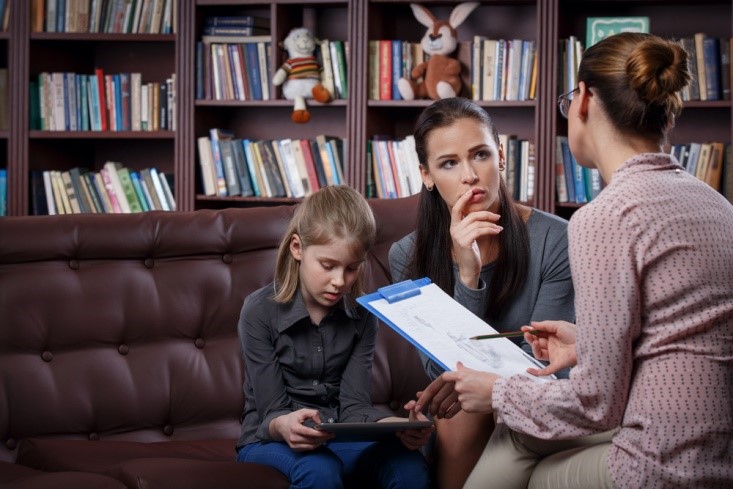Are you looking for strategies to teach students not to touch people without their permission? If so, keep reading.
1. Recognize the student when they seek attention orally instead of making it appropriate for the student to gain attention through physical contact.
2. Provide the student your full attention when communicating with them to prevent the student’s need for physical contact.
3. Let logical consequences happen as a result of the student’s unacceptable behavior(e.g., excessive physical contact may cause people to stay away from the student or may result in pushing, shoving, etc.).
4. Urge faculty/staff members with whom the student interacts to reinforce appropriate physical contact.
5. Refrain from inadvertently stimulating the student’s unnecessary physical contact (e.g., attire, language used, physical proximity, etc.).
6. Connect with parents (e.g., notes home, phone calls, etc.) to disseminate information about the student’s progress. The parents may reinforce the student at home for respecting the norms of physical proximity at school.
7. Show the student what kinds of physical contact are appropriate and acceptable.
8. Make sure the student sees the relationship between their behavior and the consequences that may follow (e.g., touching and hugging people all the time may result in others not wanting to be around him/her).
9. Create classroom rules: • Complete every assignment. • Complete assignments quietly. • Remain in your seat. • Finish tasks. • Meet task expectations. Examine rules often. Praise students for following the rules.
10. Give the student many chances for social and academic success.
11. Select a peer who will be an excellent influence (e.g., someone younger/older, of the same gender, of the opposite gender, etc.) to play with the student.
12. Talk with the student to explain (a) what the student is doing wrong (e.g., touching, hugging, etc.) and (b) what the student should be doing (e.g., talking, exchanging greetings, etc.). Talk about appropriate ways to seek attention.
13. Model socially acceptable physical contact for the student (e.g., handshake, pat on the back, etc.)
14. Stop the student from becoming overstimulated by a learning experience(e.g., monitor or supervise the student’s behavior to limit overexcitement in physical learning activities, games, parties, etc.).
15. Give the student social interaction in place of physical interaction (e.g., call the student by name, speak to the student, praise, congratulate, etc.).
16. Consider using a classroom management app. Click here to view a list of apps that we recommend.
17. Consider using an adaptive behavior management app. Click here to view a list of apps that we recommend.
18. Consider using Alexa to help the student learn to behave appropriately. Click here to read an article that we wrote on the subject.
19. Click here to learn about six bonus strategies for challenging problem behaviors and mastering classroom management.





